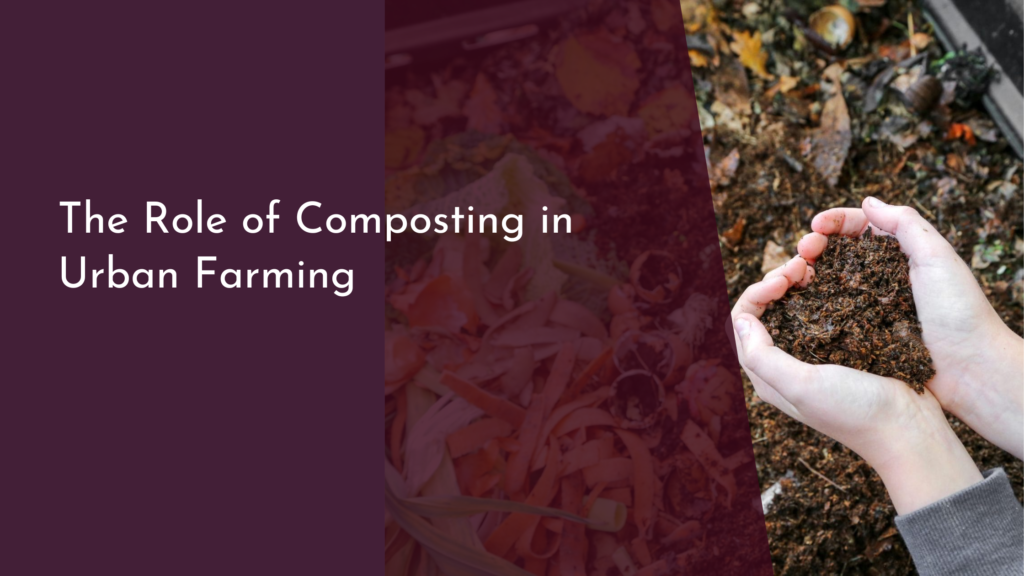Role of Urban Planning in Disaster Recovery
Urban disasters, whether natural or man-made, can leave communities devastated and struggling to rebuild. However, the role of urban planning in disaster recovery has become increasingly recognized as a critical component in mitigating risk and enhancing resilience. Thoughtful urban planning not only facilitates recovery but also prepares cities to withstand future challenges. By implementing comprehensive strategies, engaging communities, and celebrating successful outcomes, urban planning can turn adversity into opportunity.
Understanding Urban Planning’s Importance in Recovery Efforts
Urban planning acts as a guiding framework during disaster recovery, ensuring that rebuilding efforts are both efficient and effective. It helps to identify vulnerable areas within a city and prioritize resources to those most at risk. Through strategic zoning, infrastructure investment, and land-use planning, urban planners can facilitate safer environments that minimize future disaster impacts. Furthermore, urban planning promotes the integration of essential services, such as emergency response and transportation, streamlining recovery efforts post-disaster.
Additionally, effective urban planning involves assessing the social, economic, and environmental factors that contribute to a city’s vulnerability. By considering historical data, demographic trends, and environmental studies, planners can develop comprehensive recovery plans that address the root causes of disaster risk. This proactive approach not only aids in faster recovery but also contributes to the long-term sustainability and health of urban environments.
Strategies for Resilient Cities: Planning for the Future
To create resilient cities, urban planners are employing innovative strategies that focus on sustainability and adaptability. One such strategy is the incorporation of green infrastructure, which utilizes nature-based solutions to enhance urban resilience. This might include restoring wetlands, creating green roofs, or designing permeable pavements to manage stormwater. By mimicking natural processes, communities can improve their ability to absorb and recover from disasters while also enhancing local biodiversity and air quality.
Furthermore, planners are increasingly looking towards technology to aid in disaster recovery. Smart city initiatives, such as real-time data monitoring and GIS mapping, empower urban planners to make informed decisions during crises. By leveraging technology, cities can better predict disaster impacts, optimize resource allocation, and improve communication with citizens during recovery efforts. These strategies not only prepare cities for immediate recovery but also foster long-term resilience and adaptability to future challenges.
Engaging Communities: Collaboration in Urban Recovery
Community engagement is at the heart of effective urban recovery efforts. By involving residents in the planning process, cities can ensure that recovery strategies reflect the needs and desires of the community. Public forums, workshops, and participatory design sessions provide platforms for community voices to be heard, fostering a sense of ownership and empowerment. This collaboration builds trust between local governments and residents, which is essential for successful recovery and future planning.
Moreover, community engagement allows for the integration of local knowledge and cultural perspectives into recovery plans. This grassroots approach not only enhances the relevance of recovery strategies but also fosters social cohesion in times of crisis. When communities come together to share their experiences and insights, they create a collective resilience that is invaluable during disaster recovery. Ultimately, a collaborative approach ensures that recovery efforts are not only effective but also reflective of the unique character of each community.
Celebrating Success Stories: Urban Planning in Action!
Across the globe, numerous cities have demonstrated the positive impact of urban planning in disaster recovery. For instance, after the devastating 2004 tsunami, the city of Banda Aceh, Indonesia, was rebuilt with a strong focus on resilience. Urban planners prioritized green spaces and disaster-resistant infrastructure, significantly improving the city’s ability to withstand future crises. This success story serves as a testament to the power of strategic urban planning in transforming disaster recovery into a proactive, community-centered initiative.
Another inspiring example is New Orleans, which, post-Hurricane Katrina, embraced urban planning as a vital tool for recovery. By implementing sustainable flood management systems and enhancing public transportation, the city has made tremendous strides in rebuilding itself. The collaboration between city officials, local organizations, and residents has created a more equitable and resilient New Orleans. These success stories remind us that with thoughtful urban planning, communities can not only recover but thrive, transforming their vulnerabilities into strengths.
In conclusion, the role of urban planning in disaster recovery is indispensable. By fostering resilience, engaging communities, and learning from successful case studies, urban planning can help cities bounce back stronger than ever. As we continue to face evolving challenges in our urban environments, a proactive and collaborative approach will be essential in ensuring that recovery efforts not only heal wounds but also build a brighter, more resilient future for all. Let us celebrate the power of urban planning in shaping safer, more vibrant cities for generations to come!

